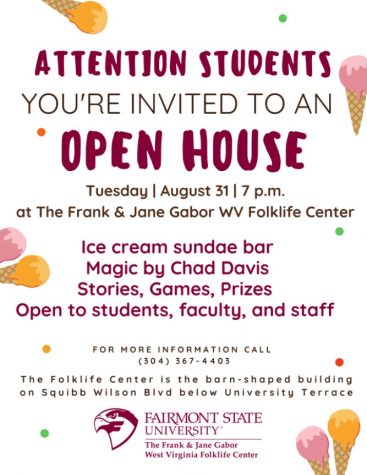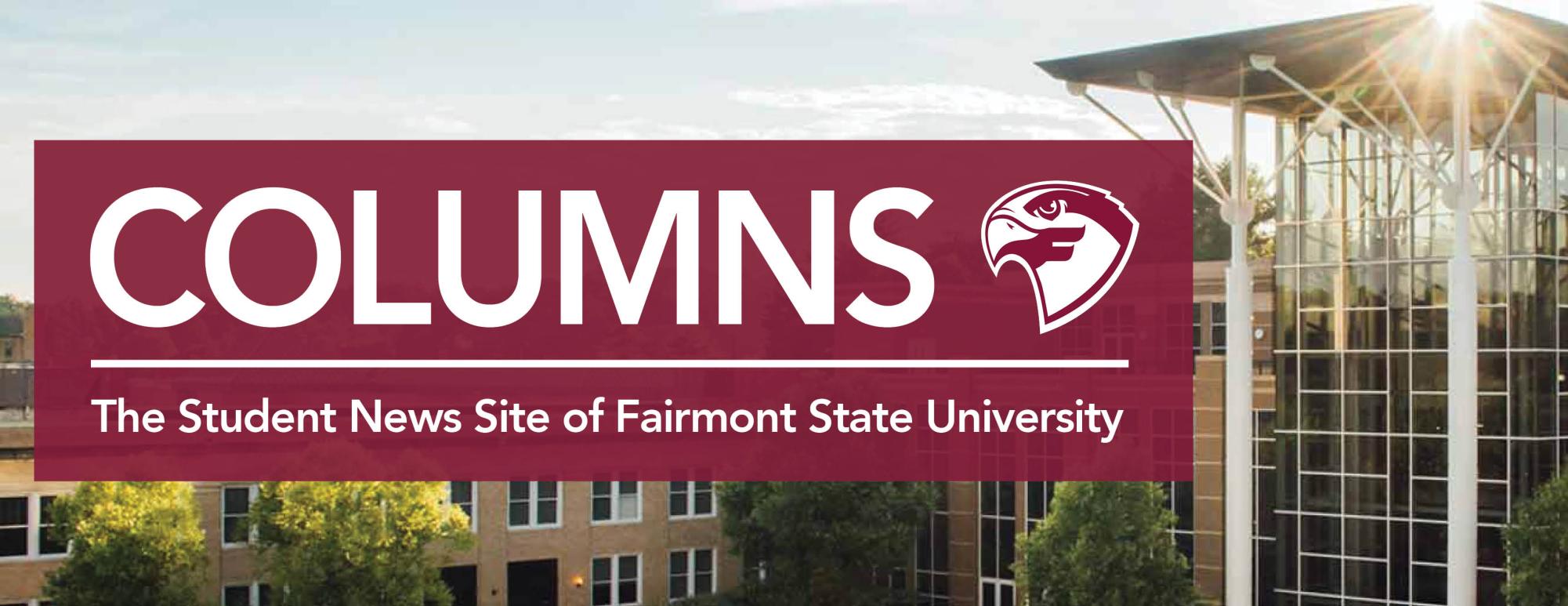Dr. William Gorby on the West Virginia Mine Wars
On Monday, August 23, 2021, at 7:00 pm, The Frank and Jane Gabor WV Folklife Center invited Dr. William Hal Gorby to “Talk about the labor struggles that led to the Battle of Blair Mountain, part of the larger West Virginia Mine Wars.” Dr. Gorby was a researcher for a PBS documentary about the Mine Wars and specializes in Appalachian and West Virginia history.
He began by stating “This story is crucial to West Virginians… it is not often properly commemorated and is definitely not been taught very clearly in the school system”. During his presentation, Dr. Gorby talked about how the Mine Wars were covered up because they were not allowed in textbooks. It wasn’t until 2004 that textbooks stated including the Mine Wars in depth. If you would like to watch his full presentation, please visit the Folklife Center’s Facebook page.
Mining accidents in West Virginia were horrible and Dr. Gorby pointed out one specifically; the Monongah mining disaster of 1907. This was the largest mining disaster in the country’s history. Events like these made the miners and their families grow tired of living in horrible conditions and working in dangerous environments. So they began to protest by going on strike. One factor that Dr. Gorby covered that escalated these Mine Wars were people called Baldwins. They worked for the mine operators like a secret police force. A critical event happened in August 1921, when Sid Hatfield and Ed Chambers agreed to go to the McDowell County Courthouse. They went to the courthouse unarmed and were killed in cold blood by Baldwins. People were infuriated by the murders and also wanted the strikers being held in jail to be set free.
On August 24, 1921, 7,000 men marched to Marmet. Dr. Gorby said that they wore “red bandanas around their necks to distinguish themselves from their opponents. The press began referring to them as ‘red necks.’” A few days later, at Blair Mountain, a mine operator’s army waited for the miners from machine-gun nests on the ridge. The mine operator also had planes to drop bombs (but most didn’t explode). On August 30th, fighting began and it wasn’t until September 3rd that the U.S. military came to stop the fighting. The death toll of the Battle of Blair Mountain is still unknown to this day. Dr. Gorby finished his presentation and opened the floor to questions. The audience asked him questions, and he gave them more details about a few topics.
This evening was just one of many events that the Folklife center has planned. This Tuesday, August 31st, there will be an open house with ice cream, prizes, and a magic show by Chad Davis. Students will be asked to sign up for this event due to Covid-19 protocols. In addition to this open house, there are already three authors lined up to speak as a part of the Phyllis Moore Author Series. Dr. Kirk, who is in charge of the Folklife Center, said that “Dr. Gorby’s presentation set up the context for our Phyllis Moore Author Series.”
If you are interested in upcoming events, there are two flyers provided below! You can also stay up to date with the Folklife Center by visiting their Facebook page or by looking out for events listed in the Falcon Flyer.




